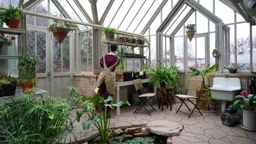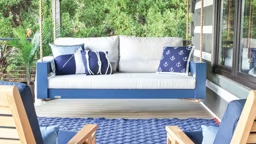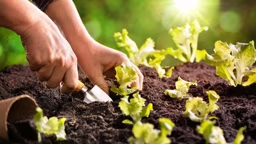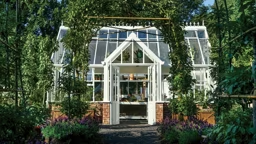Creating the perfect patio begins with what's underfoot. Here we share with you four different options for your outdoor flooring!
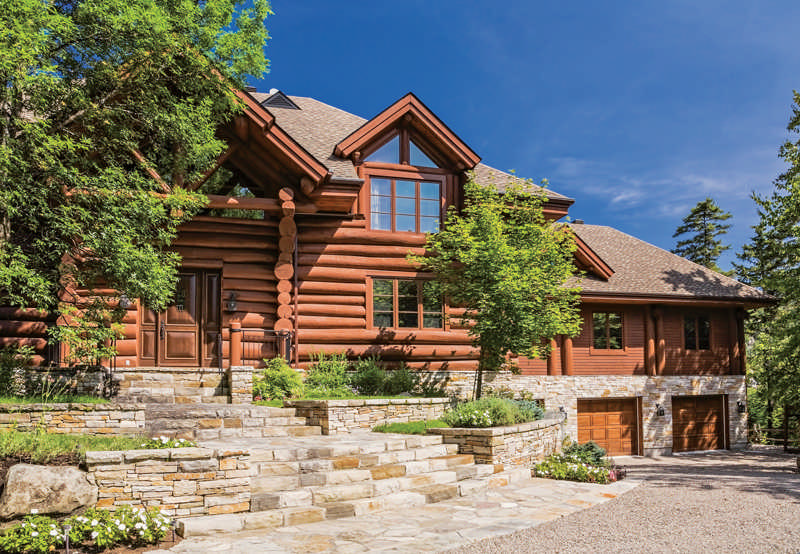
From festive summer parties to solitary sojourns in winter, the space outside your back door takes on many moods. You can create a patio surface from a number of types of stone, as well as brick and concrete. Each material provides plenty of color and design options. As with any decision involving materials, your choice hinges on cost, look and function. Keep this in mind as you consider the popular material options below.
Natural Stone
You get maintenance-free durability and a handsome, solid appearance. One caveat: steer clear of slate. Because it isn't porous enough to absorb water, its surface remains slippery when wet. Also, black slate's ability to retain heat makes it too hot for those who prefer going barefoot.
Pros:
Durable. Easy to maintain. Resists shifting.
Cons:
Can be costly. May require maintenance: if lighter stone is used in damp, dark areas, moss or fungus may grow, requiring a yearly cleaning with diluted bleach.
Cost:
Flagstone runs $10 to $21 per square foot installed.
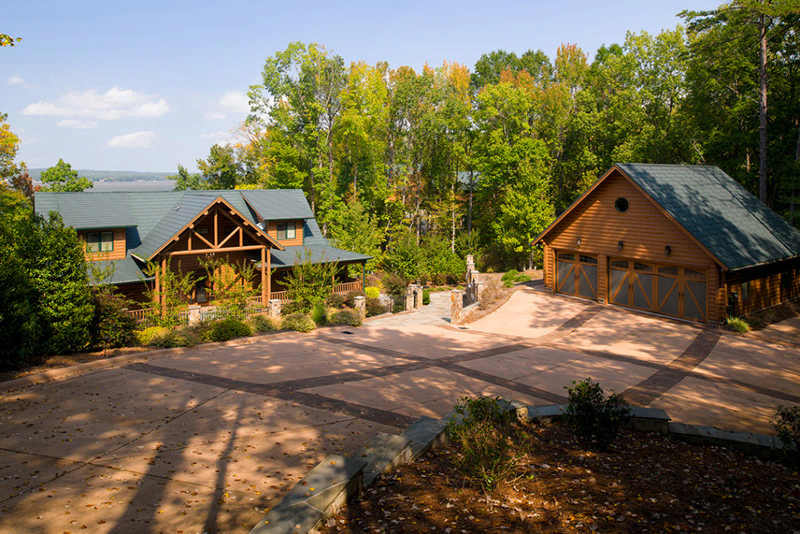
Crushed Stone
A patio of crushed stone?chips of 3/8 to 3/4 inches in diameter ?that is bordered by wood beams can be a good, low-cost solution, particularly for areas that require good drainage.
Pros
: Inexpensive. Easy to install.
Cons:
Collects debris. Stones scatter, requiring cleanup. Provides an uneven surface; not workable with patio furniture.
Cost:
$2 to $3 per square foot.
Pavers
Pavers are manufactured from brick or concrete that is harder and denser than what is used in other home applications. This makes them extremely durable. They're now available in a number of shapes and they can be set in myriad patterns, with colored mortars as accents.
Pros:
Durable. Ideal for high traffic areas, including driveways. Available in a variety of colors and shapes.
Cons:
Pavers bedded on sand will require occasional repositioning, and scattering sand makes them less desirable around pools, where the sand can get into the water. Porous surface can stain, though a proper sealer will protect pavers from acids and the appearance of fading caused by efflorescence.
Cost:
Concrete pavers installed on a sand bed cost roughly $8 or $9 per square foot, while pavers set in mortar cost about $11 to $14 per square foot. Brick pavers cost between $7 and $20-plus per square foot. Using old bricks can run $25.
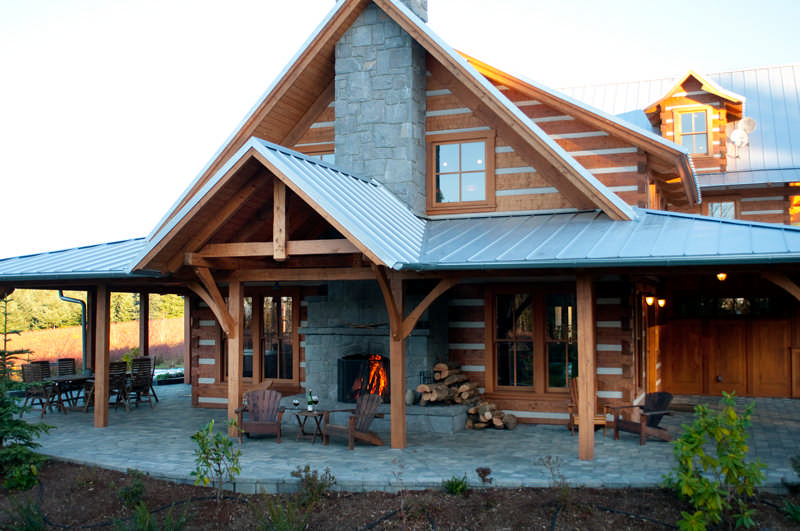
Concrete
When a solid, uniform surface is the goal, concrete can do the job better than anything else. Concrete is gaining wider acceptance because the stains and stamped patterns available have significantly broadened design options.
Pros:
Half the cost of brick or natural stone. Virtually maintenance-free, though susceptible to unwanted staining.
Cons:
The least workable material if you decide later to add square footage, walls or other concrete features, as the difference in color will be obvious. Can be rough on the feet, particularly around pools and other places where you might tread barefoot.
Cost:
$3.50 to $16.20 per square foot. Stamped, stained, exposed aggregate concrete will push the cost to the higher end of the range.
 From festive summer parties to solitary sojourns in winter, the space outside your back door takes on many moods. You can create a patio surface from a number of types of stone, as well as brick and concrete. Each material provides plenty of color and design options. As with any decision involving materials, your choice hinges on cost, look and function. Keep this in mind as you consider the popular material options below.
From festive summer parties to solitary sojourns in winter, the space outside your back door takes on many moods. You can create a patio surface from a number of types of stone, as well as brick and concrete. Each material provides plenty of color and design options. As with any decision involving materials, your choice hinges on cost, look and function. Keep this in mind as you consider the popular material options below.






